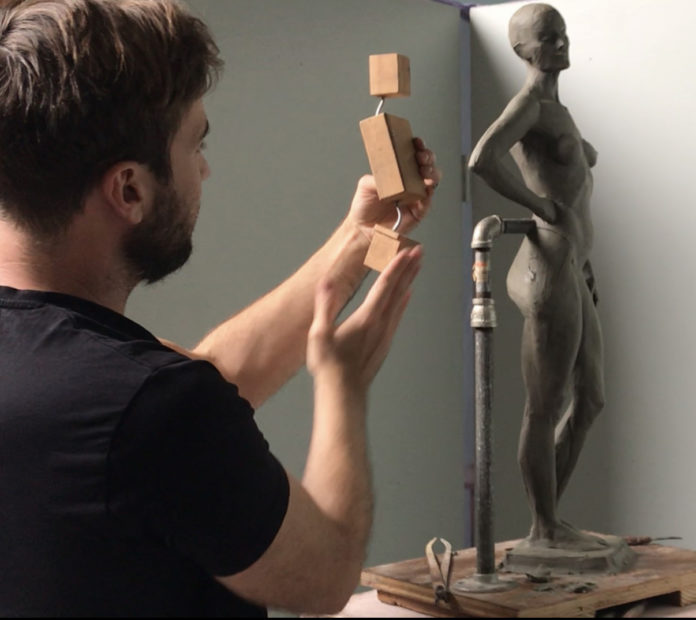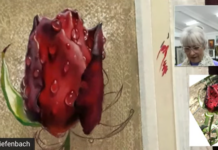On Figurative Art > What divides fine art from trendy gimmicks and fads? What is it that makes art timeless? Sculptor Rick Casali explains.
BY RICK CASALI (rickcasali.com)
Rick Casali was on the faculty for the 2020 Figurative Art Convention & Expo
It is my belief that geometry is much of what is missing from contemporary realism today. Many modern realists learn gross anatomy and are able to render form meticulously in light and shade; a feat that is impressive up close but what about from a distance? What divides fine art from trendy gimmicks and fads? What is it that makes art timeless?
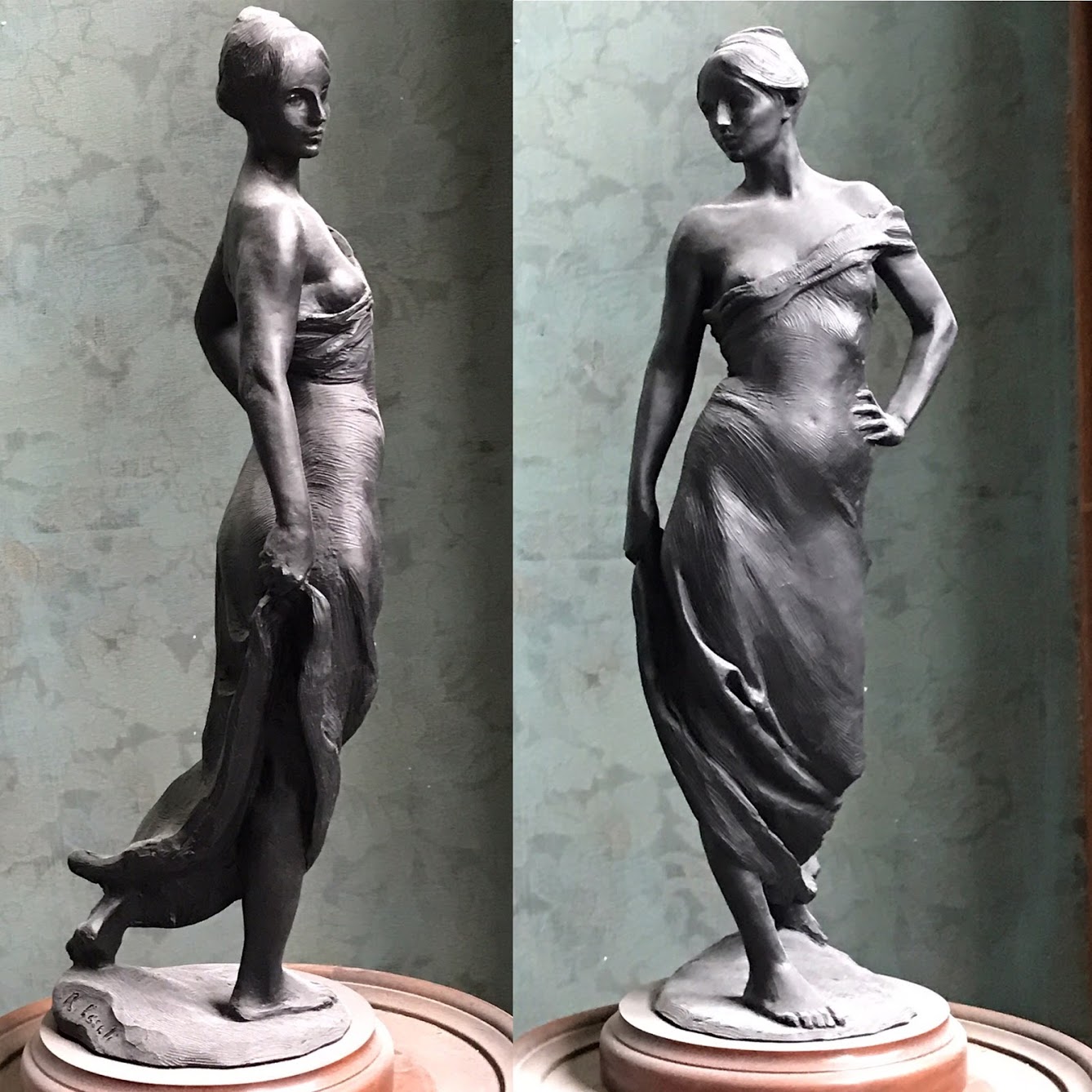
Ancient Greek sculpture provided guidance to the artists of the Renaissance, and to those of the 19th century like Rodin and Sargent. Broken and stripped of their decorative colors, a beat-up Greek torso contains the missing piece: geometry. The Greeks’ emphasis on mathematics, proportion, and geometric design is what made their art beautiful in a dignified way. Rather than have hundreds of approximately placed bumpy little muscles, geometry organizes the anatomy into a symphony of related forms. In this way, the anatomy exists only to serve a greater truth, such as the expression of the pose or the spirit of a person in their portrait.
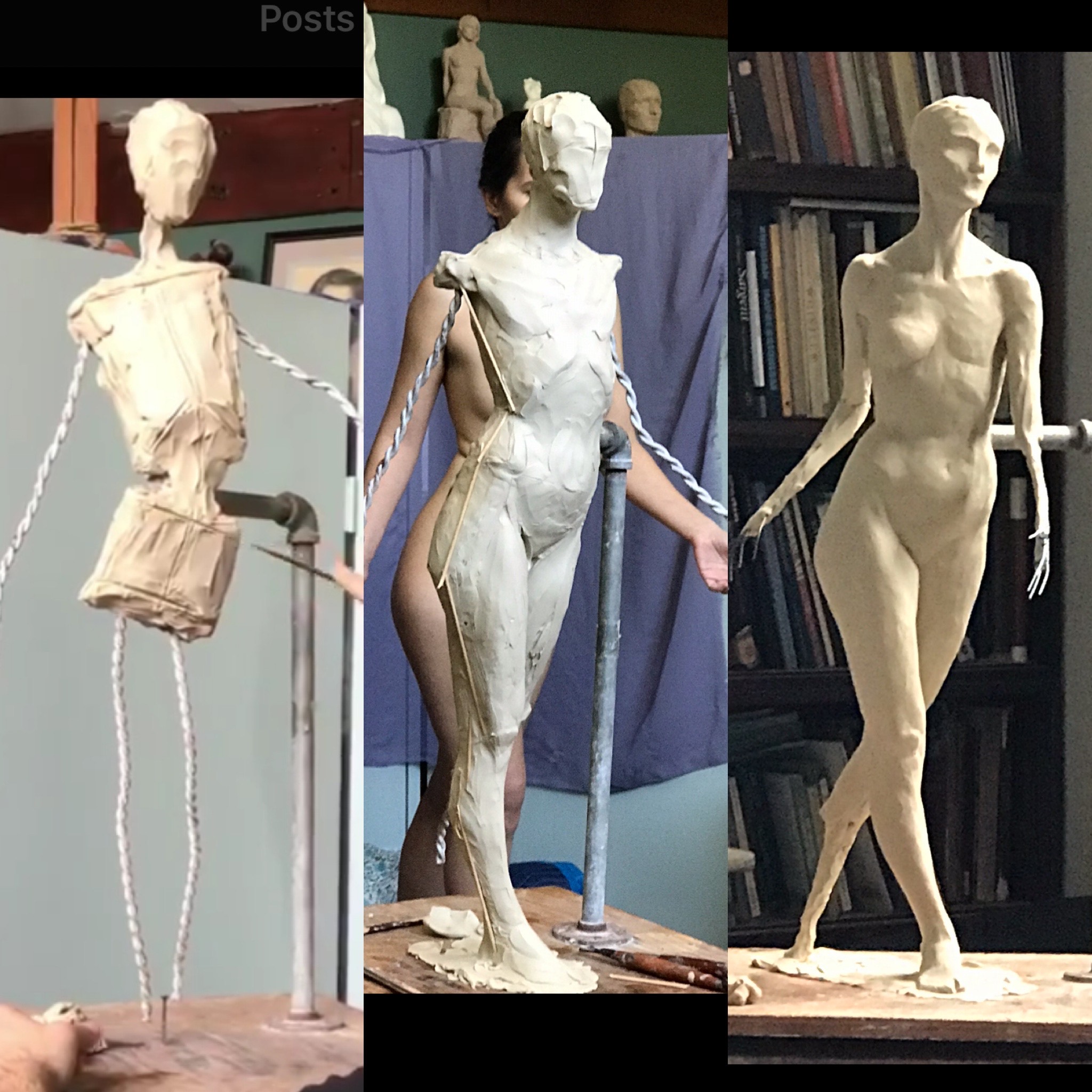
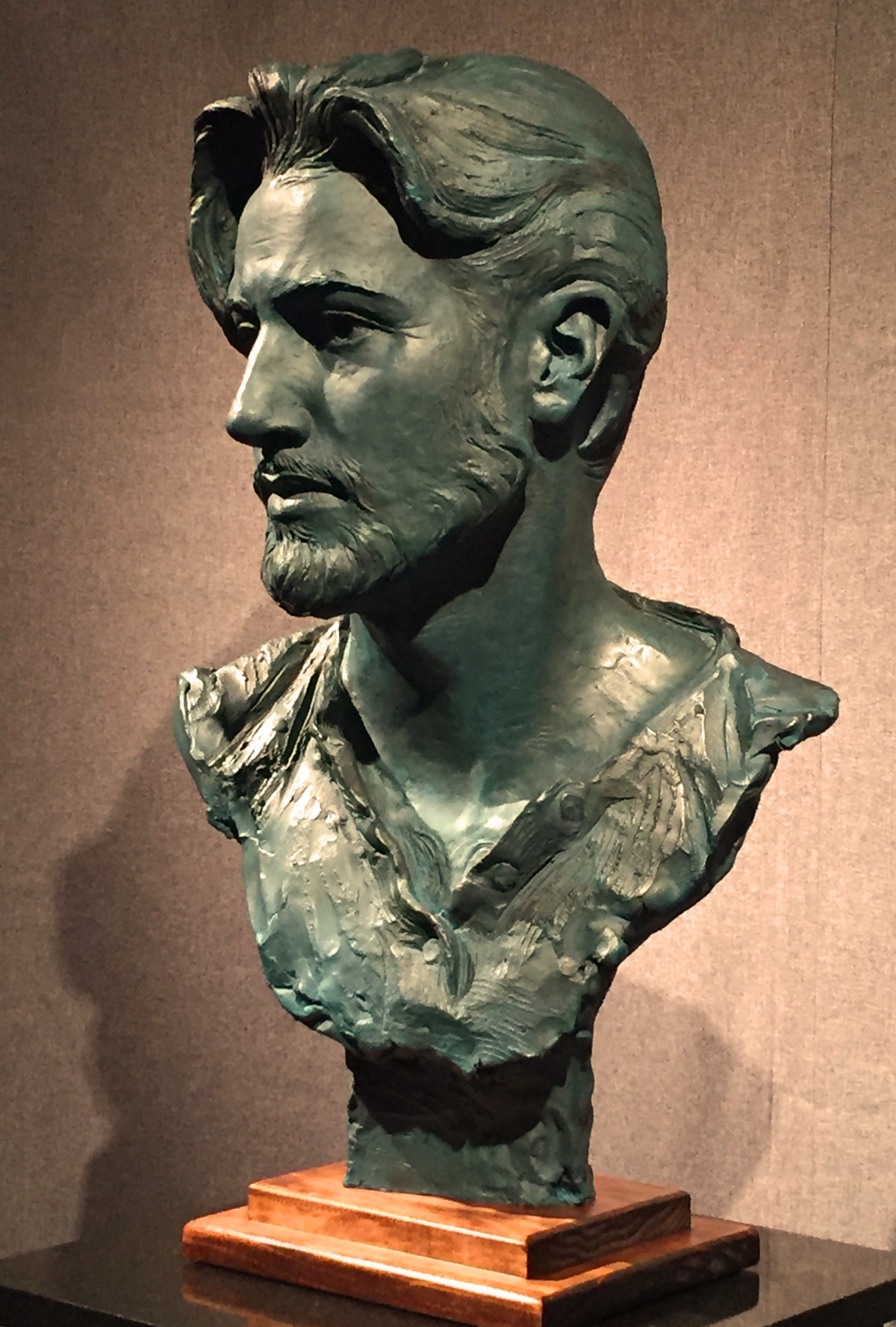
About the Artist 
The work of Rick Casali (American, b. 1984), a figurative artist based in Maryland, expresses his appreciation for nature and his love of the figure. Whether painting one’s portrait in oils or sculpting the figure in clay, Casali keeps his artistic principles streamlined: “It is the honest study of nature that leads one to beauty,” says Casali. “I’m striving to capture the essence of what is happening … a certain color harmony in the landscape or the spirit of a person in the portrait.” His style embraces classicism, Impressionism, and elements of modern design, aiming to fuse the timeless geometry of the Greeks with a fresh Impressionistic vision of reality.
Visit Casali’s website at rickcasali.com to learn more.
This article was originally published in 2019
> Visit EricRhoads.com (Publisher of Realism Today) to learn about opportunities for artists and art collectors, including:
- Art retreats
- International art trips
- Art conventions
- Art workshops (in person and online)
- And more!


